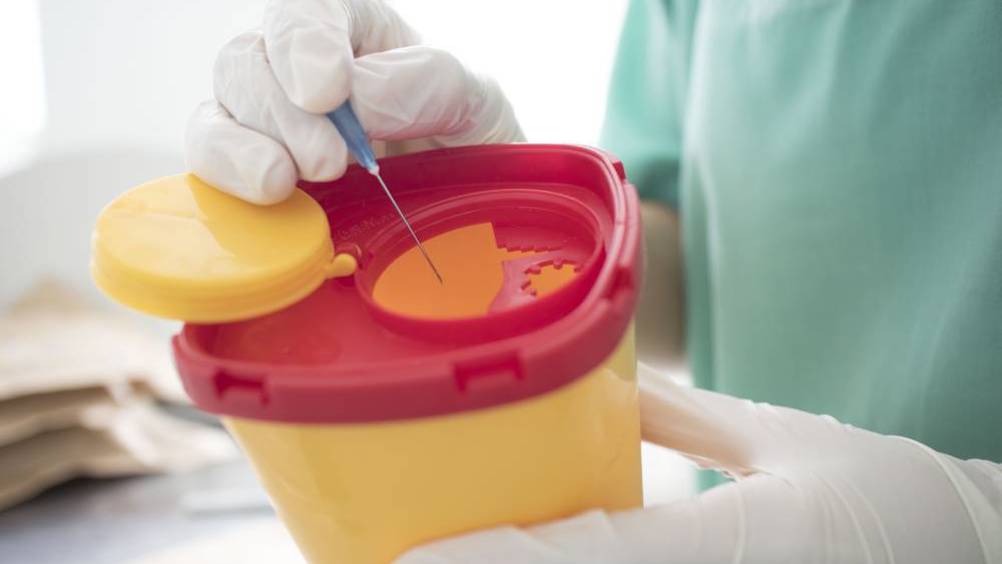References
The experience and psychological impact of a sharps injury on a nursing student population in the UK

Abstract
Aims:
The aims of this study were to explore the experience and psychological impact of sustaining a sharps injury within a nursing student population in the UK. Design: A qualitative approach was taken, using two methods to gather data, namely a Twitter chat and interviews.
Methods:
A Twitter chat was orchestrated to investigate the experiences of sharps injury with nursing students and registered nurses nationwide (n=71). Interviews were conducted with nursing students from a university in the UK who had sustained a sharps injury (n=12) to discover their experiences and the impact of the injury. Findings were then synthesised and examined.
Results:
Some nursing students reported psychological impacts after sustaining the sharps injury, which affected both their professional and personal life. The qualitative findings were synthesised into eight themes.
Conclusion:
Sharps injuries can have many psychological impacts on the individual nursing student and necessary support should be available.
Since the 1990s the use of safer needle devices has been recommended as a replacement for needles and syringes to reduce the risk of sharps injuries (Advisory Committee on Dangerous Pathogens, 1995; Expert Advisory Group on AIDS and Advisory Group on Hepatitis, 1998; National Institute for Occupational Safety & Health, 1999; Hutin et al, 2003; Health and Safety Executive, 2021). There is also legislation that covers safety equipment in general (Personal Protective Equipment at Work Regulations 1992 and the Provision and Use of Work Equipment Regulations 1998) and sharps injuries in healthcare specifically (Health and Social Care Act 2008 and the Health and Safety (Sharp Instrument in Healthcare) Regulations 2013). Despite this, sharps injuries continue to occur to healthcare workers including nursing students. Nursing students are particularly at risk because of factors such as a lack of clinical skills and a lack of experience (Veronesi et al, 2018).
Register now to continue reading
Thank you for visiting British Journal of Nursing and reading some of our peer-reviewed resources for nurses. To read more, please register today. You’ll enjoy the following great benefits:
What's included
-
Limited access to clinical or professional articles
-
Unlimited access to the latest news, blogs and video content

